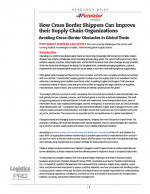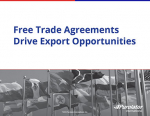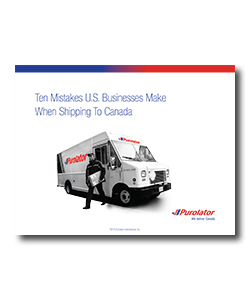Ten Mistakes U.S. Businesses Make When Shipping To Canada
Selling to Canada - either via eCommerce or by establishing a physical presence - can be fraught with perils for a business that fails to do its homework and understand precisely what is involved in transporting goods into Canada.
When one Pennsylvania-based manufacturer of musical instruments decided to expand to the Canadian market, it had high hopes that its high-quality products would find a warm welcome within Canada’s vibrant music community.
And they did, as orders quickly started flowing in from Canadian music stores and individual customers.
But things soon went awry when shipments encountered significant issues upon arrival at the border. U.S. customs officials questioned if wood used in the instruments was eligible for export, and Canadian import policies meant the manufacturer’s Canadian customers would face unexpected charges at time of delivery for significant taxes and fees.
This manufacturer’s experience is a good example of the type of misfortune U.S. businesses can face when they attempt to conquer the Canadian market.
This instrument manufacturer was, in fact, in good company.
Some of America’s largest, most distinguished retailers have also had trouble navigating a smooth Canadian entry.
Fashion retailer J. Crew apologized to its customers after widespread complaints that its Canadian stores and website were charging significantly higher prices than in the United States for identical merchandise.
Web-based footwear retailer Zappos.com had to pull out of the Canadian market entirely, due to distribution agreements with U.S. suppliers that limited inventory selection for Canadian consumers.
The company also cited “general uncertainty and unpredictability of delivering orders to our Canadian customers, given customs and other logistics constraints,” in announcing its decision via its Canadian website.
In this paper we highlight some of the most common “mistakes” made by U.S. businesses when shipping to Canada, and while each mistake may impact success in the Canadian market, some can be especially costly and harmful, but each is solvable - avoidable even - especially with the right logistics partner on board to offer guidance and even prevent the mistakes from happening in the first place!
What’s Related




Favorites





